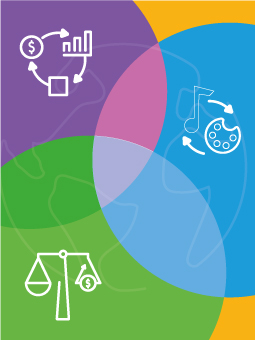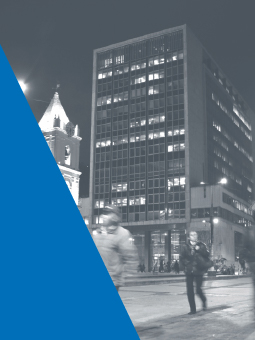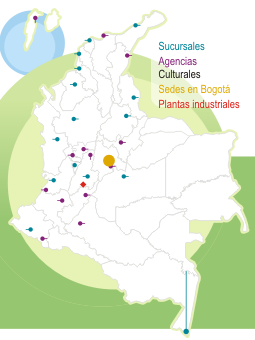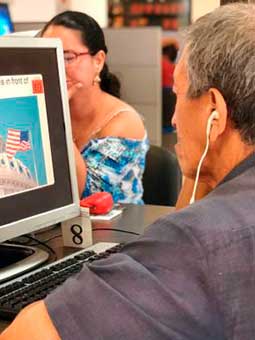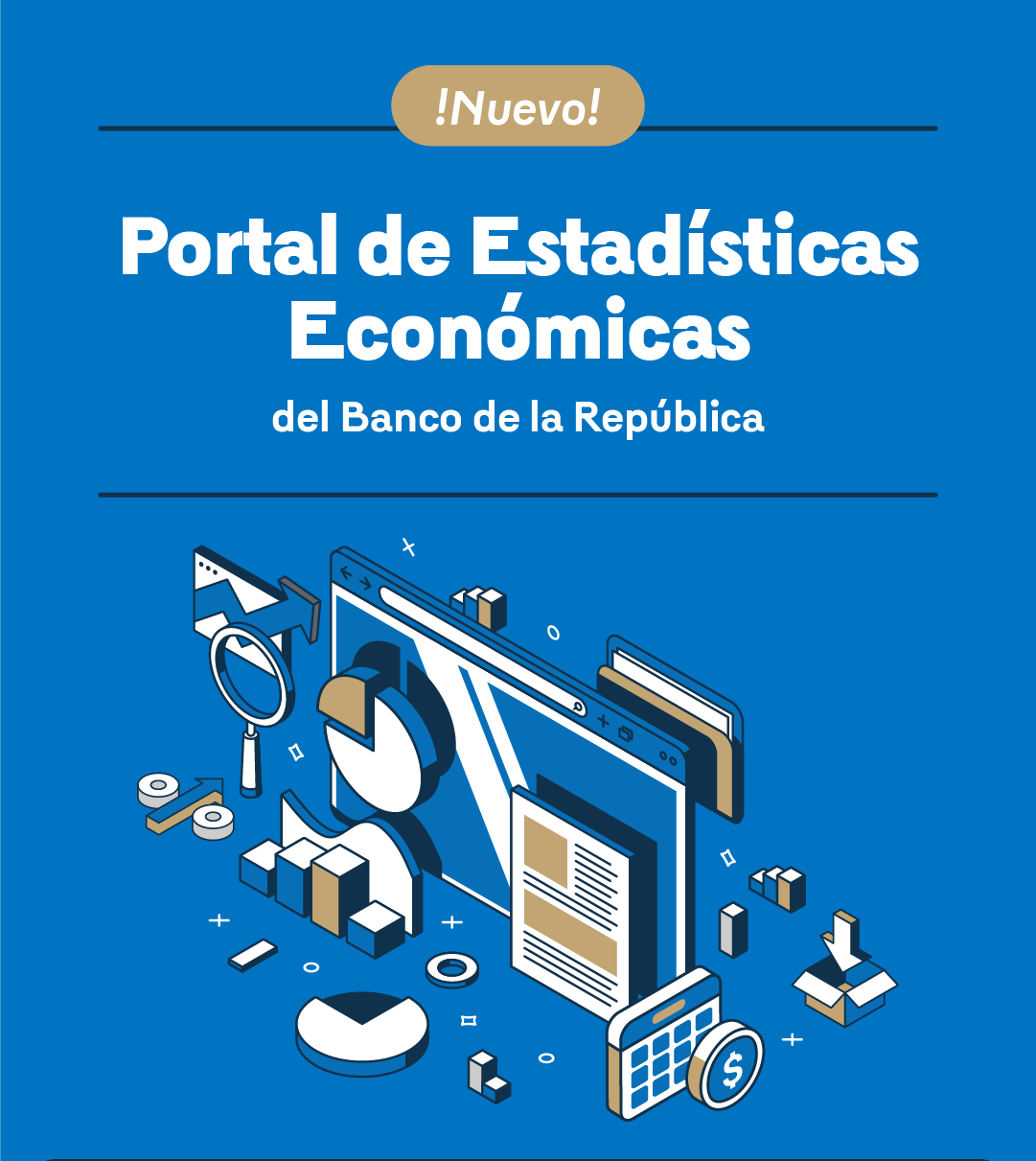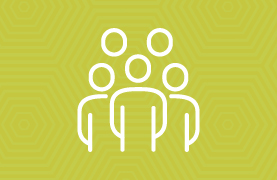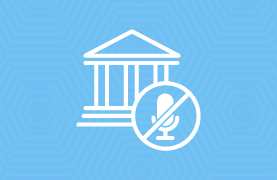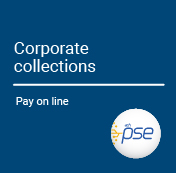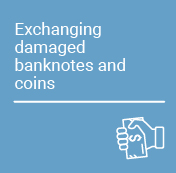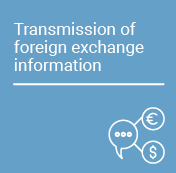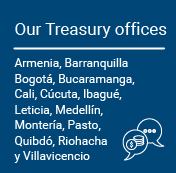Since the COVID-19 pandemic, Colombia has seen a significant increase in the use of electronic payment channels. This blog presents detailed information on the evolution of these payment channels and their characteristics, identifying the main gaps observed in the country. The analysis is based on the results of the Financial Inclusion Demand Survey (2022) carried out by Banca de las Oportunidades (BDO) , in collaboration with the Financial Superintendency of Colombia and Banco de la República (the Central Bank of Colombia)1.
Figure 1 suggests that more than 50% of the respondents have increased the use of digital channels such as e-commerce gateways to pay for their purchases on the web (such as Paypal, PayU, or Mercado Pago, among others), SOP payments (Secure Online Payments) , financial institutions’ websites, QR codes, POS terminals , and digital wallets . Meanwhile, the number of individuals who have kept constant or reduced the use of cash deposits and remittance transfer companies is higher than those who increased their use.
Figure 1. Change in the frequency of use of electronic channels in 2022 compared to 2020 (percentage of individuals)

Source: Calculations based on the results of the 2022 Financial Inclusion Demand Survey, BDO.
The first panel of Figure 2 shows that the holding of digital wallets has become as widespread as that of traditional savings accounts and is higher than that of debit cards. It highlights that the ownership of financial products, including digital products, is considerably wider in large urban agglomerations than in intermediate municipalities2 and rural areas. However, the bottom panel shows that digital wallets are more widespread among lower-income households than savings accounts, suggesting the great potential of emerging digital instruments to advance financial inclusion.
Figure 2. Holdings of financial products and means of payment (percentage of individuals)
Holdings by geographical area

Holdings by household income level

Source: Calculations based on the results of the 2022 Financial Inclusion Demand Survey, BDO.
The increased digitalization of the economy can also be seen in how individuals receive their main income. While slightly more than half of adults receive it through wire transfers, 35.0% receive it in cash, and 12.0% through drafts , checks, or other options. Wire transfers are prevalent in cities and among high-income households , while cash is prevalent in rural areas and among low-income households.
Despite the recent digitalization, cash continues to be the most widely used instrument by Colombians to make their regular payments, especially in rural areas and low-income households (Figure 3), as well as in segments with lower levels of education. However, debit and credit cards and wire transfers are important when making higher-value payments such as taxes, clothing and footwear, entertainment, household appliances, social security, and financial products.
Figure 3. Use of payment instruments for regular payments (percentage of individuals)
By geographical area

By income level

Fuente: Cálculos basados en los resultados de la Encuesta de Demanda de Inclusión Financiera 2022, BDO.
Nota: El grupo de otros incluye cheques y código QR.
This preference for cash can be explained, in part, by the people’s perception of the low costs and ease of use of this means of payment. The survey results show that a high percentage of individuals perceive cash, digital wallets, and the Internet as inexpensive (74.0%, 66.0%, and 50.0%, respectively), while cards, especially credit cards, are perceived as highly expensive.
Similarly, Colombians prefer to keep their savings in cash. About 40.0% of those who choose to save do so by keeping their money at home, 20.8% in banks, cooperatives, or employee funds, and 17.7% in e-wallets . Individuals in high-income households prefer to save in the financial system, while low-income households prefer to save at home.
The increasing use of electronic payments contributes significantly to achieving important public policy objectives. However, further progress must be made in facilitating their use and reducing their access costs, especially for low-income, less educated groups of the population living in areas far from large urban centers.
1 The main results of the survey are available at: https://www.bancadelasoportunidades.gov.co/sites/default/files/2022-12/…
2 According to the National Planning Department (DNP in Spanish), this category includes municipalities with population between 25,000 and 100,000 inhabitants or with a high population density (more than 10 inhabitants per km2).








